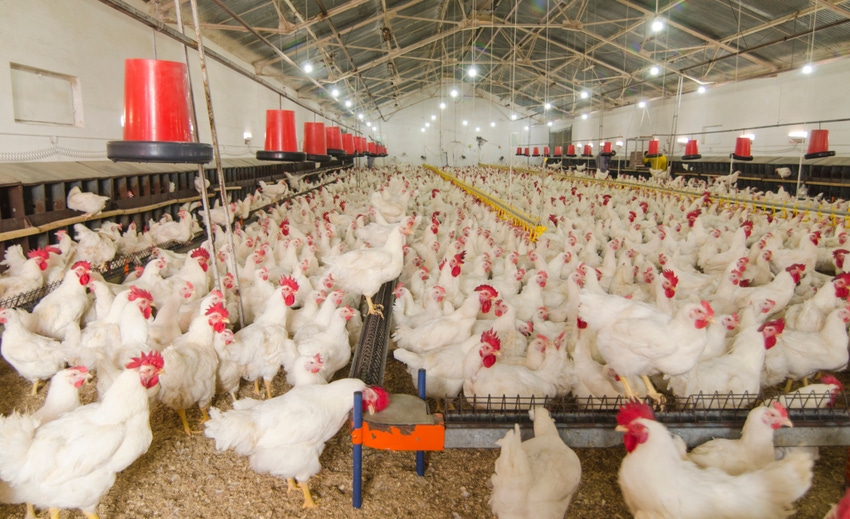Mississippi ag remains a $7b industry
Poultry is top ag commodity in state.
January 2, 2018

Year-end estimates released recently by agricultural economists with the Mississippi State University Extension Service showed that agriculture, a $7.3 billion industry in the state in 2017, continues to play a large role in Mississippi’s economy. The top two agricultural commodities are still poultry, at $2.8 billion -- a year-over-year increase of 13% -- and forestry, at $1.4 billion, a decline of 8%.
“Early expectations are for good reports in most commodities for 2017,” said Brian Williams, extension agricultural economist. “Poultry, overall crops and livestock totals should all improve over the 2016 values. The exceptions are forestry, catfish and some individual commodities.”
The next largest commodity values are soybeans at $1.1 billion and cotton at $562 million, both of which increased over 2016.
“Cotton had the largest increase in value, with lint up 35% and seed up almost 31%,” Williams said. “A lot of that improvement is because growers planted more cotton.”
Extension cotton specialist Darrin Dodds said growers expressed their faith in cotton by expanding acreage in 2017, planting about 625,000 acres, compared with 435,000 in 2016.
“Most yields will be down about 200 lb. per acre, but we still made a good crop,” Dodds said. “Unfortunately, it was a very expensive crop to produce because of issues like controlling pigweed and worms.”
Crops with the biggest declines included corn, with an estimated value of $337 million, down 25%; hay, $116 million, down 9%; rice, $105 million, down 22%, and grain sorghum, $1.3 million, down 62%. All of these values dropped largely because of reduced acreage.
The estimates also showed that Mississippi remains the national leader in catfish production, even though catfish ranks number-seven among the agricultural commodities in the state. Economists are predicting a value of almost $181 million, down nearly 16%.
Extension catfish specialist Jimmy Avery said prices are a big reason for the expected decline in value.
“Prices were down 14-15% in 2017, but production remained positive,” Avery said. “In 2018, it will be important for the industry to take advantage of new technologies to help reduce costs. One specific challenge is how to market big fish that are produced under normal production practices.”
Avery said catfish pond acreage most likely will remain near 34,700, but production should go up slightly in 2018.
Williams said livestock’s overall values should improve about 4%. The hog industry had a good year, with value up 31% to $117 million. Milk value was 5% higher at $26 million. However, beef cattle are valued at $285 million, down 4%.
“Beef prices were better than in 2016, but production was down mostly due to last fall’s drought,” Williams said. “We had more hogs in the state in 2017, which contributed to the increase in value.”
Sweet potatoes, the state’s eighth-largest agricultural commodity, increased slightly to $123 million. Specialty crops, at number 11, also had a slight increase in value to $107 million. Peanuts fell to 13th place with a value of $33 million.
With an estimated value of almost $13 million, wheat finished in 15th place, just ahead of grain sorghum.
You May Also Like



